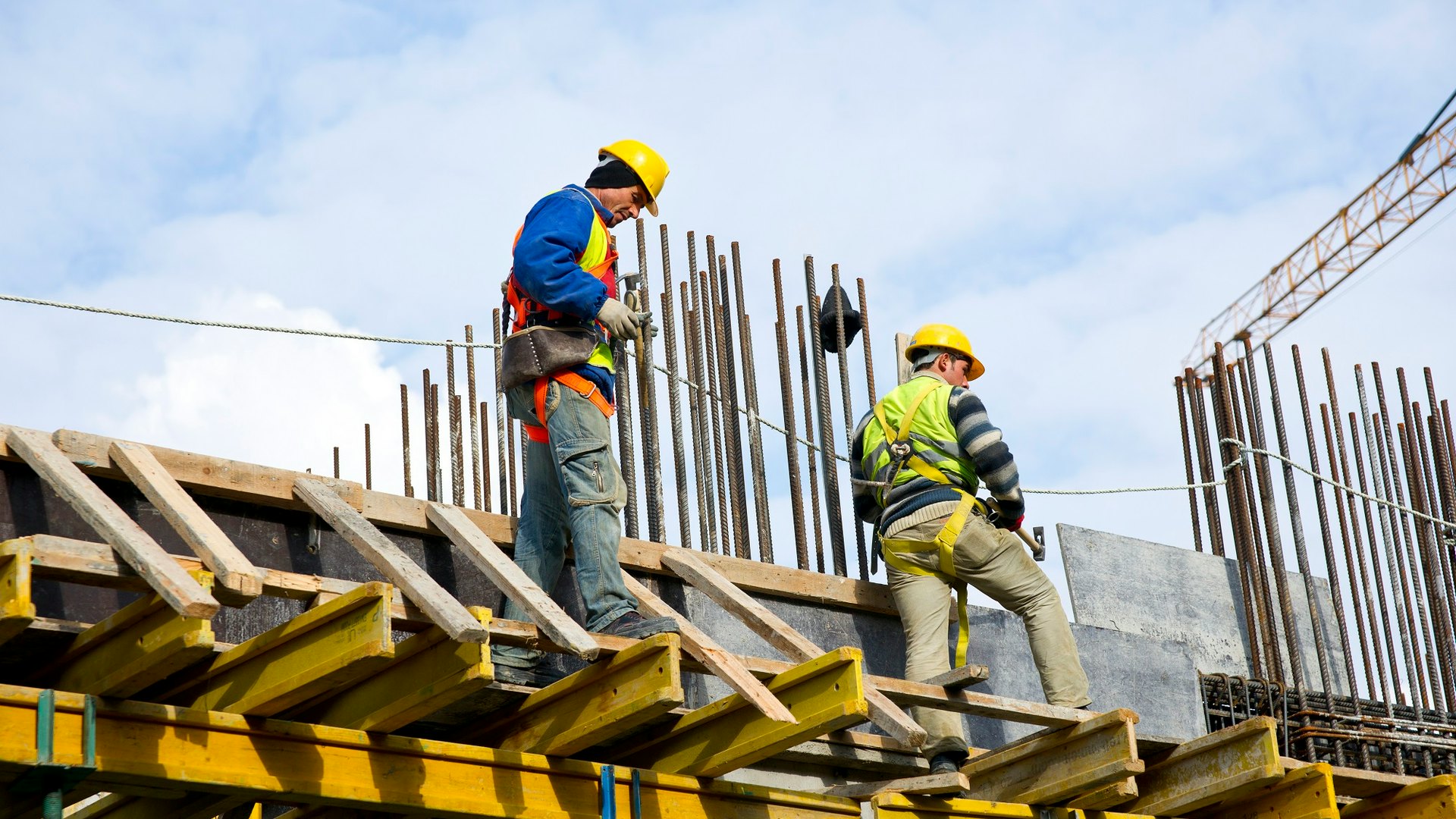As the employer, who can understand the misery of the construction workers better than you? Their lives are at constant peril during their working hours. A construction worker has to tackle the dusty environment, adverse weather conditions, round-the-clock exposure to heavy equipment noises and vibrations, and many other problems.
However, most deaths on construction sites are caused due to falls. According to a report gathered in 2018 by the Occupational Safety and Health Administration, one-third of total deaths at construction sites are caused by falls. This number reflects the motive behind making fall protection and prevention a top priority by OSHA.
It is essential to develop strategies to prevent falls and equip your workers with the correct safety tools for protecting them. The right type of fall protection equipment can help your workers avoid severe injuries while working at construction sites. Read on further to learn how to safeguard your workers with fall protection equipment.
What Is Fall Protection?
Fall Protection means reducing the damage and injuries caused due to falls of construction workers to the bare minimum. It involves various processes and equipment to ensure no severe injuries or heavy wounds are incurred during a worker’s fall. It includes PPE or Personal Protective Equipment like harnesses and hard hats to lower the impact of a possible fall. It also involves training the workers to use this fall protection equipment correctly.
How To Protect Your Workers Against Falls At Construction Sites?
Fall prevention and protection are equally crucial for a safe working environment for the workers. Here are some points to remember to ensure the maximum safety of your workforce at the site.
Understand The Time And Type Of Required Equipment
You must consider three significant elements that determine when and what type of fall protection equipment to be used. They are – duration or how long the operation will last, frequency or how often the task is performed, and distance or how high the work location is. Depending on these factors, the type of fall protection equipment requirements change.
Duration: Operations lasting for two hours or less are classified as temporary, whereas more than that are said to be permanent.
Frequency: Tasks performed only once a month fall under the infrequent category, and the ones performed more than once a month are considered frequent.
Distance: Work completed from elevated or highly-suspended platforms is considered risky, and from lower platforms is not regarded as risky.
Choose An Appropriate Anchor Point
Ensuring fall safety requires a lot of planning and effort from the whole organization. Fall safety involves several factors and equipment. You may have the correct harness and an appropriate lanyard. But what’s the point of these tools if your anchor point isn’t strong enough to hold the weight of your worker?
A universally accepted anchor point must be designed by a skilled engineer and approved by an expert. The professionals must have calculated the anchor points’ expected workload for it to be used in practice. Or, the anchor points should firmly hold on to 5000 lbs.

Regular Equipment Inspections
OSHA states that fall protection equipment must be checked before every use. Any defect found must be addressed immediately. Apart from this, most manufacturers suggest that all fall safety tools need a quarterly or half-yearly check-up by a professional to ensure no possible risks of falling and injuries.
Provide Training Courses
OSHA guidelines require any organization to train its workers about the correct usage of these safety tools. It’s an employer’s responsibility to ensure that all construction workers are well-educated and trained in using fall prevention tools.
The Bottom Line
Working at a construction site is a challenging and risky job. A worker may be a victim of an accident at any moment, the most common one falling. To protect them from fatal injuries and reduce the accident’s impact, OSHA strongly suggests using PPE and fall protection equipment while working. Following these guidelines will significantly reduce the number of fall accidents at construction sites.

